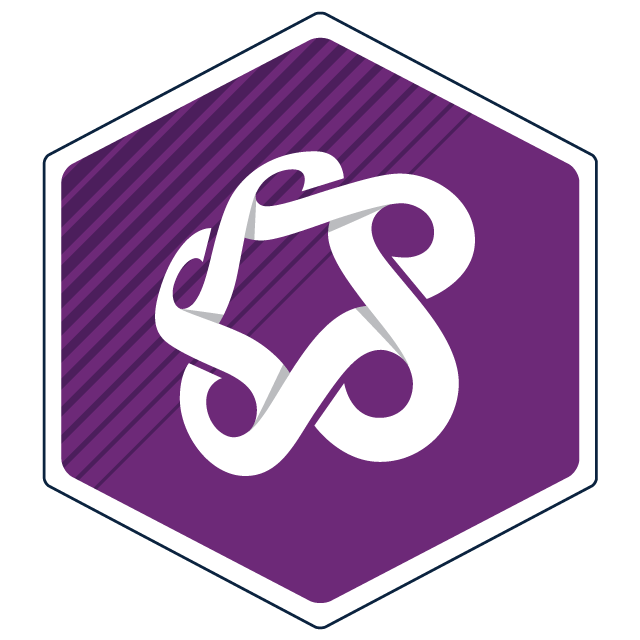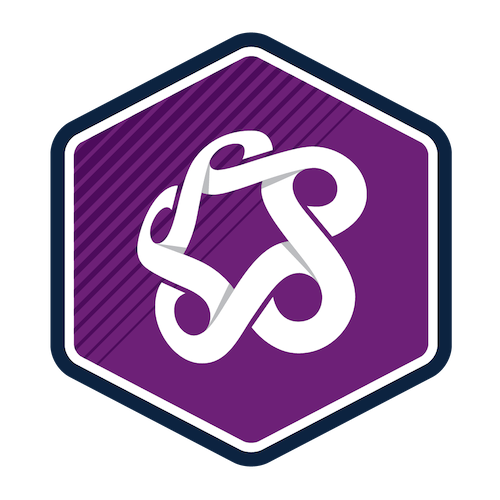Overview
This course provides instructions and materials to expand your Revit knowledge and skills using Building Information Modeling (BIM).
Learn to create project templates, schedules, families and parametric frameworks. Develop skills using collaboration tools such as project phasing, display options, importing and exporting, worksets and advanced design development tools to increase productivity. This course also introduces construction document tools, including material takeoff schedules, keynotes and legends.
You must complete CADD 103 - Revit Architecture Fundamentals prior to taking this course. If you have completed this requirement at a school other than SAIT, email your proof of completion documents to Continuing Education Advising at least one week before the course begins.
Upon completion of this course, you'll be able to:
- prepare project templates
- create and utilize different types of schedules
- create custom system families (walls, roofs, floors, ceilings)
- apply family concepts and techniques
- create in-place families and work with shared parameters
- create custom door, windows, railings, balusters and panels
- create phases, design options and setup views
- link Autodesk and Revit models into a project
- import vector and raster files
- open workset-related projects to support project team collaboration.
Upcoming dates
Select an available section and add it to your cart. When you're ready, proceed to check out to sign into your student account and complete your registration.
Don't have a student account? Let's set one up!
Registration closes seven days before the start date for on-campus, online scheduled, and blended courses, and one day before the start date for online self-paced courses.
After you've completed this course
Upon successful completion of this course, you'll be able to self-print a proof of completion document from your Continuing Education student account.
Micro-Credential
Aligned to current industry standards, SAIT’s micro-credentials develop practical, real-world skills and include competency-based testing. Earning a SAIT micro-credential demonstrates to employers you have the required competencies — both skills and knowledge — to get the job done.

Students who successfully complete this course with a final grade of A- (80%) or higher will earn a micro-credential and receive a shareable digital badge.
Costs
Textbook and reading list
You are required to purchase reading materials for this course. Visit SAIT’s Bookstore's website to purchase the following.
- Stine, D.J. (2024). Design Integration Using Autodesk Revit 2024. SDC Publications
Technology
To be successful in this course, you’ll need:
- Access to your own computer or laptop with standard hardware/software requirements.
- Internet access
A functional webcam and microphone are recommended to allow for a more collaborative learning experience.
Financial support
Financial opportunities are available to help pay for your course fees. Learn more about how to reduce your education or training costs with available awards, bursaries, loans and grants, including the Canada Alberta Productivity Grant.
Applicable certificates
This course applies to the following certificate programs:

Train your team
Interested in group training opportunities for this course? Tell us about your organization's needs, and one of our training consultants will contact you within one business day.

Oki, Âba wathtech, Danit'ada, Tawnshi, Hello.
SAIT is located on the traditional territories of the Niitsitapi (Blackfoot) and the people of Treaty 7 which includes the Siksika, the Piikani, the Kainai, the Tsuut’ina and the Îyârhe Nakoda of Bearspaw, Chiniki and Goodstoney.
We are situated in an area the Blackfoot tribes traditionally called Moh’kinsstis, where the Bow River meets the Elbow River. We now call it the city of Calgary, which is also home to the Métis Nation of Alberta.
